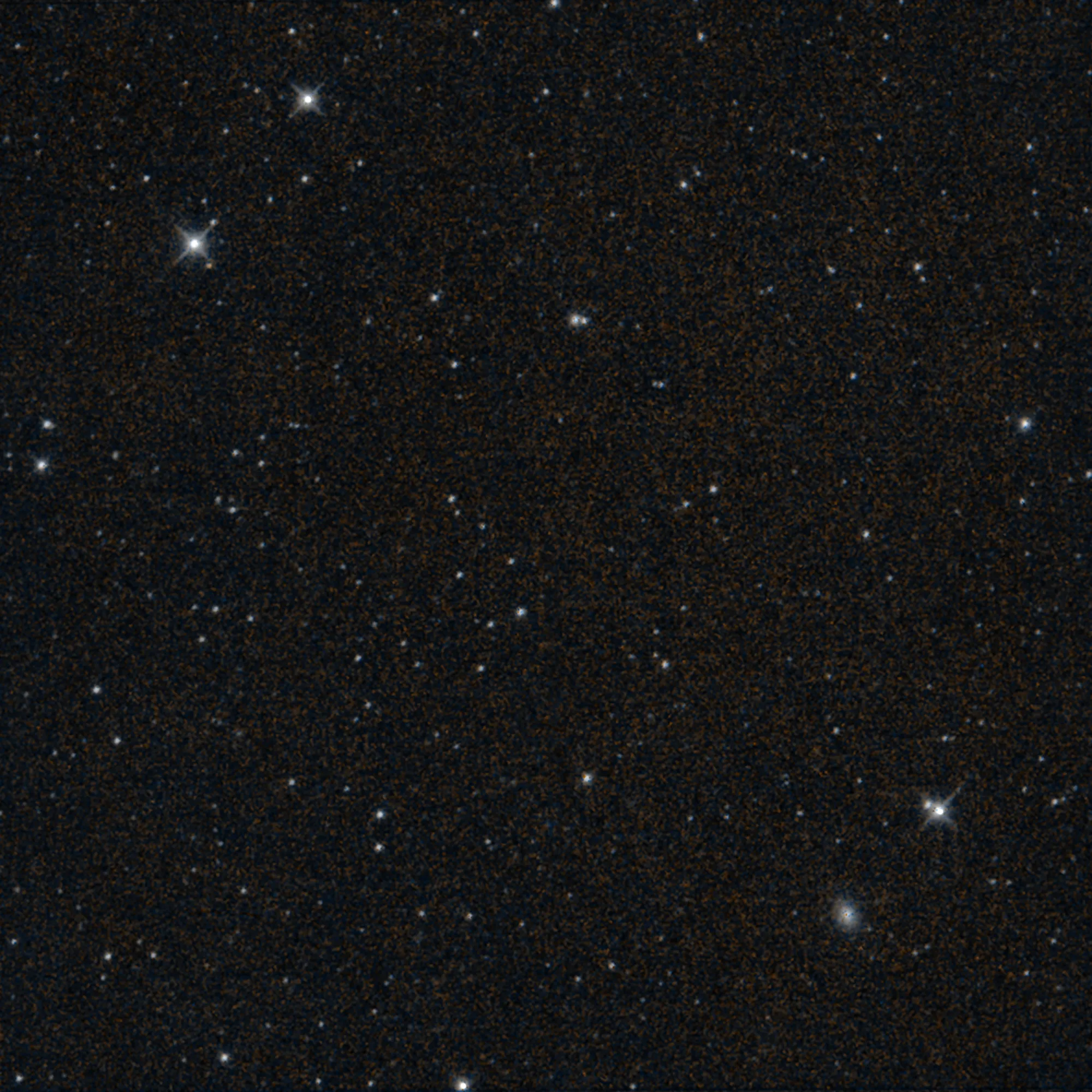NASA’s planetary defense telescope Near-Earth Object Wide-field Infrared Survey Explorer (NEOWISE) has sent back its final image, ending 10 years of searching for and monitoring potential threats to Earth.
NEOWISE began its mission as plain old WISE in December 2009, when it was launched to scan the entire sky in infrared. It completed this task in seven months, surveying the sky with a sensitivity that previously wasn’t possible. Unfortunately, the coolant that kept the heat from the spacecraft from interfering with infrared observations ran out a few months later. But the spacecraft was still operational, and though the telescope was no longer able to see the faintest infrared objects, it was more than capable of observing the strong infrared signals given off by asteroids and comets being heated by the Sun’s radiation as they move further towards the center of the Solar System.
NEOWISE was brought out of hibernation to survey asteroids and comets. Since its new mission began in 2013, it has made 1.45 million infrared measurements of over 44,000 objects within the Solar System. Of the over 3,000 near-Earth objects it monitored, an impressive 215 of them were first spotted by NEOWISE.
“The NEOWISE mission has been an extraordinary success story as it helped us better understand our place in the universe by tracking asteroids and comets that could be hazardous for us on Earth,” Nicola Fox, associate administrator at Science Mission Directorate at NASA Headquarters, said in a statement. “While we are sad to see this brave mission come to an end, we are excited for the future scientific discoveries it has opened by setting the foundation for the next generation planetary defense telescope.”
But now, NEOWISE’s mission is at an end after more than 10 years, with the telescope sending back its final image before NASA shut down its transmitter.

NEOWISE’s 26,886,704th (and last) exposure.
Image credit: NASA/JPL-Caltech/IPAC/UCLA
Why end the mission, when asteroids and comets are still whizzing around up there? You can blame the increase in the Sun’s activity as we move through the peak of its 11-year cycle.
“The mission has planned for this day for a long time. After several years of calm, the Sun is waking back up,” Joseph Masiero, NEOWISE’s deputy principal investigator and a scientist at IPAC, a research organization at Caltech in Pasadena, California, explained in an earlier statement.
“We are at the mercy of solar activity, and with no means to keep us in orbit, NEOWISE is now slowly spiraling back to Earth.”
Without enough propellant to keep it in orbit, the craft will burn up in the Earth’s atmosphere towards the latter part of 2024. Its successor, NEO Surveyor, is set to be launched sometime after 2027.
Source Link: NASA's Planetary Defense Telescope Sends Back Final Image Before Shutting Down